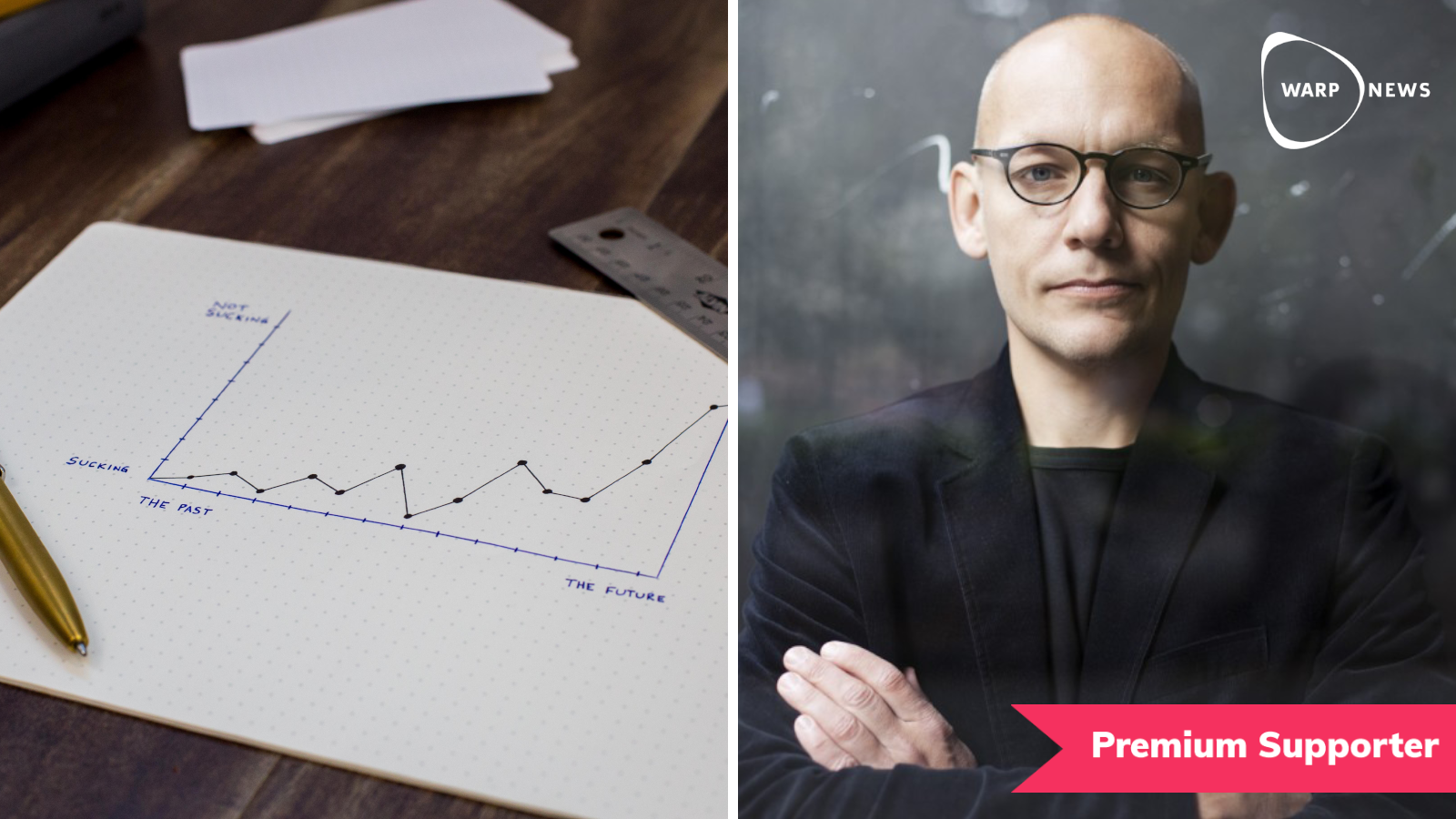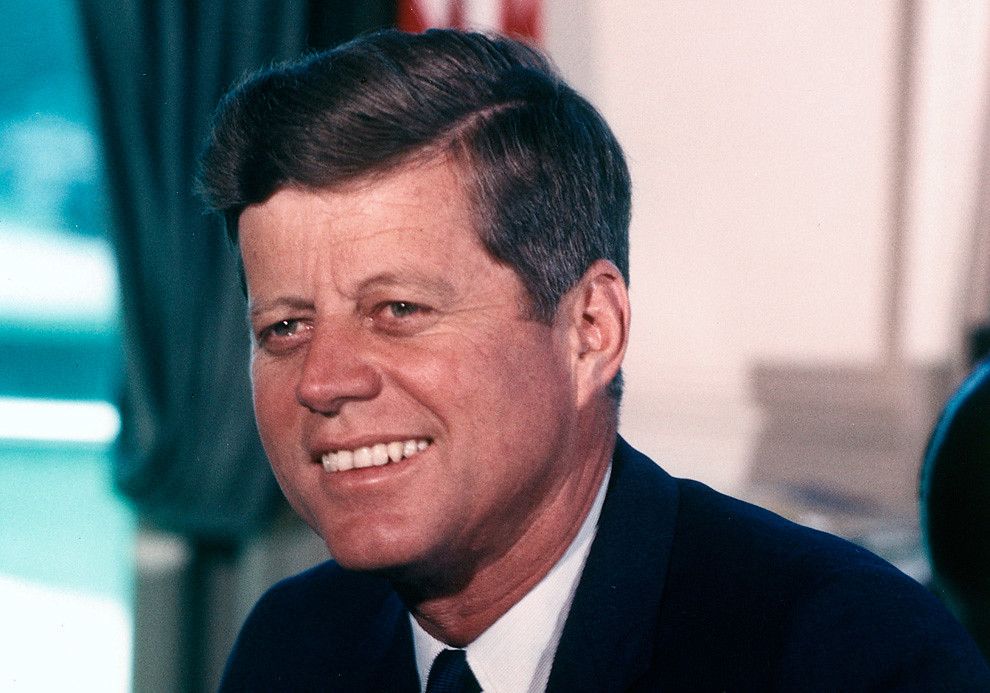
🌳 The optimistic future is a tree
If you thought that the successful moon landing in the '60s was due to luck and high ambitions, you are wrong. Nicklas Berild Lundblad writes about how optimism should be based on an analysis of what growing human abilities can achieve.
Share this story!
One reason why people often reject optimism as a cognitive strategy is that it is described as blind - it does not take into account how things really are. In the same spirit, pessimists tend to point out that they are really just realists. Optimism is often seen as a kind of vaguely dreaming of a better future – an unrealistic attitude towards human challenges.
But the optimist can defend himself by pointing out that what we are talking about is evidence-based optimism. It's a matter of looking at facts to find out what the reality really looks like. When doing that, it often turns out that it is pessimism that is blind – blind to the massive improvements that the human race has created, but also blind to what is possible with the abilities that man has acquired. The latter is important. The optimist does not only have to rely on historical data and the elegant curves that Hans Rosling drew our attention to – the optimist can also base his argument on the abilities that humanity has built up over time.
When the pessimist asks the question why we should believe that things will get better in the future, the optimist can lean on the fact that history unequivocally rejects dystopia. Pessimist's loosely articulated skepticism should not shape our view of the future.
The moon landing example
But what does the argument for future optimism look like, really?
Just extrapolating from the historical curves is a rather weak argumentation technique – is there anything else we can base an optimism about the future on? And can we be more specific about what it is we should be optimistic about?
Let's take an interesting historical example: the moon landing. When President Kennedy announced the project that aimed at putting a human on the moon, he undeniably expressed a future optimism – but it was a special kind of future optimism that we can learn a lot from.

Too often, "moonshots" are portrayed as unrealistic goals that really changes the world if they are reached. The focus is on how big the goal is, how dizzying, groundbreaking and new it feels. Big and ambitious goals become a goal in itself, and we pay tribute to those who set them - without actually analyzing the goals in more detail.
However, it was not the size of the project and the impactfulness of it all that made the moon landing a good example for the future optimist - it was instead something much more interesting: the goal of landing on the moon was set after a thorough analysis of the required abilities, and to what extent one had access to a combination of those abilities. This - the analysis of our abilities and how they can be combined - is the real basis and method for outlining our optimism about the future.
When we look at the question of whether we will be able to eradicate cancer, we can examine our genetic engineering and medical abilities, our analytical capacity and how we can collect data in different ways. We can even sketch on the goal and count backward to get a grip on where we are in the tree of abilities that we need to reach the goal.
Future optimism is about seeing how human abilities grow in a tree of technology and organization towards the future. People who play strategy games recognize this mental model. In the games technological and cultural abilities underpins and creates new futures. Strategy players who have played Civilization know that it is with these trees that the game is won - the constant development of human ability is the key to progress.

An ability-based optimism for the future is nothing more than a mapping of how human abilities grow and can be combined in different ways - a mapping that can be done backwards from the goal one imagines. The moon landing became possible precisely because it was divided into sub-capabilities and the leaders of the project realized that they actually had almost all of these sub-capabilities in place.
The pessimist's unrealistic thought model
This mental model also gives us an important insight about pessimism. Pessimism is based on the belief that the human tree will stop growing and that we will even lose abilities. The pessimist believes that we have already combined human abilities to the extent possible and that no new combinations are possible. Only then will a pessimistic future be possible. Based on that realization it is easy to draw the conclusion that pessimism, is not realistic at all.
But knowing this there is one more important lesson to draw: the optimist must invest in, and encourage others to invest in, human ability. Just as you lose if you do not invest in ability trees in the strategy game, we also lose if we do not constantly deepen and expand human capacity. The future is hidden in the combination of facts and abilities. And it is a bright one.
Nicklas Berild Lundblad is one of Warp News' experts. Nicklas Berild Lundblad is global head of the tech policy team at Stripe and has previously worked as head of community planning at Google. He has a PhD in computer science, has a law degree with a specialization in IT law and a bachelor's degree in theoretical philosophy.
By becoming a premium supporter, you help in the creation and sharing of fact-based optimistic news all over the world.


